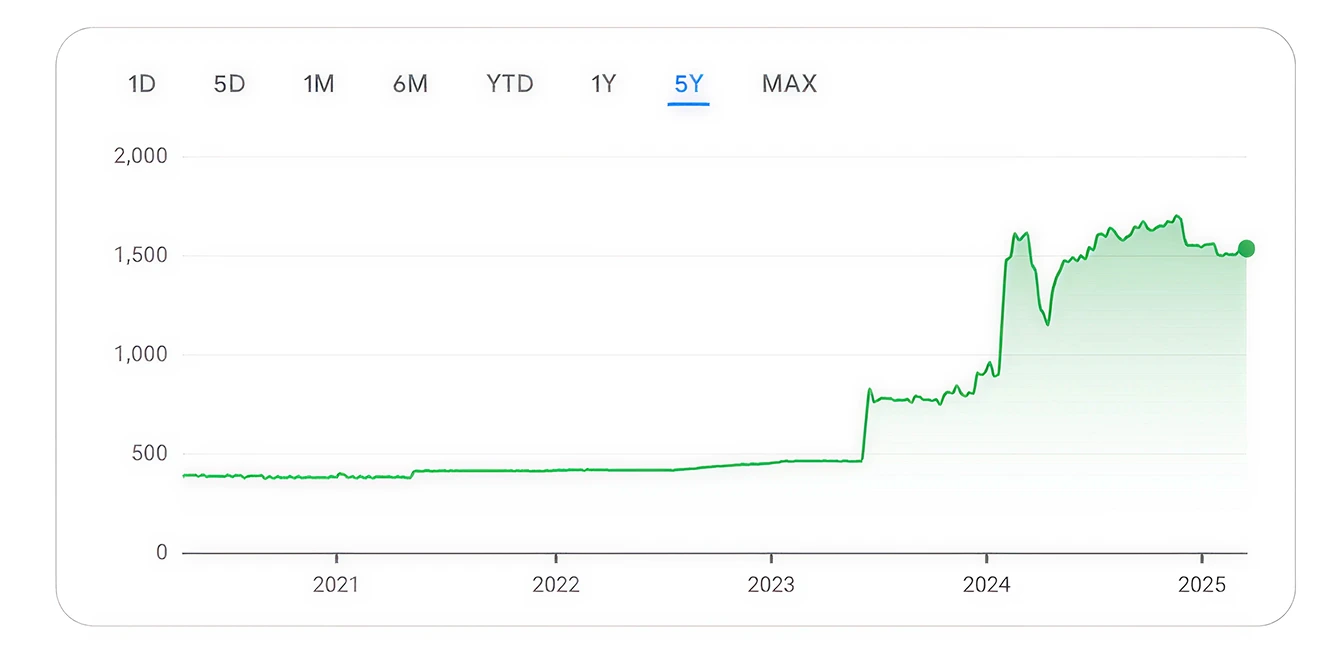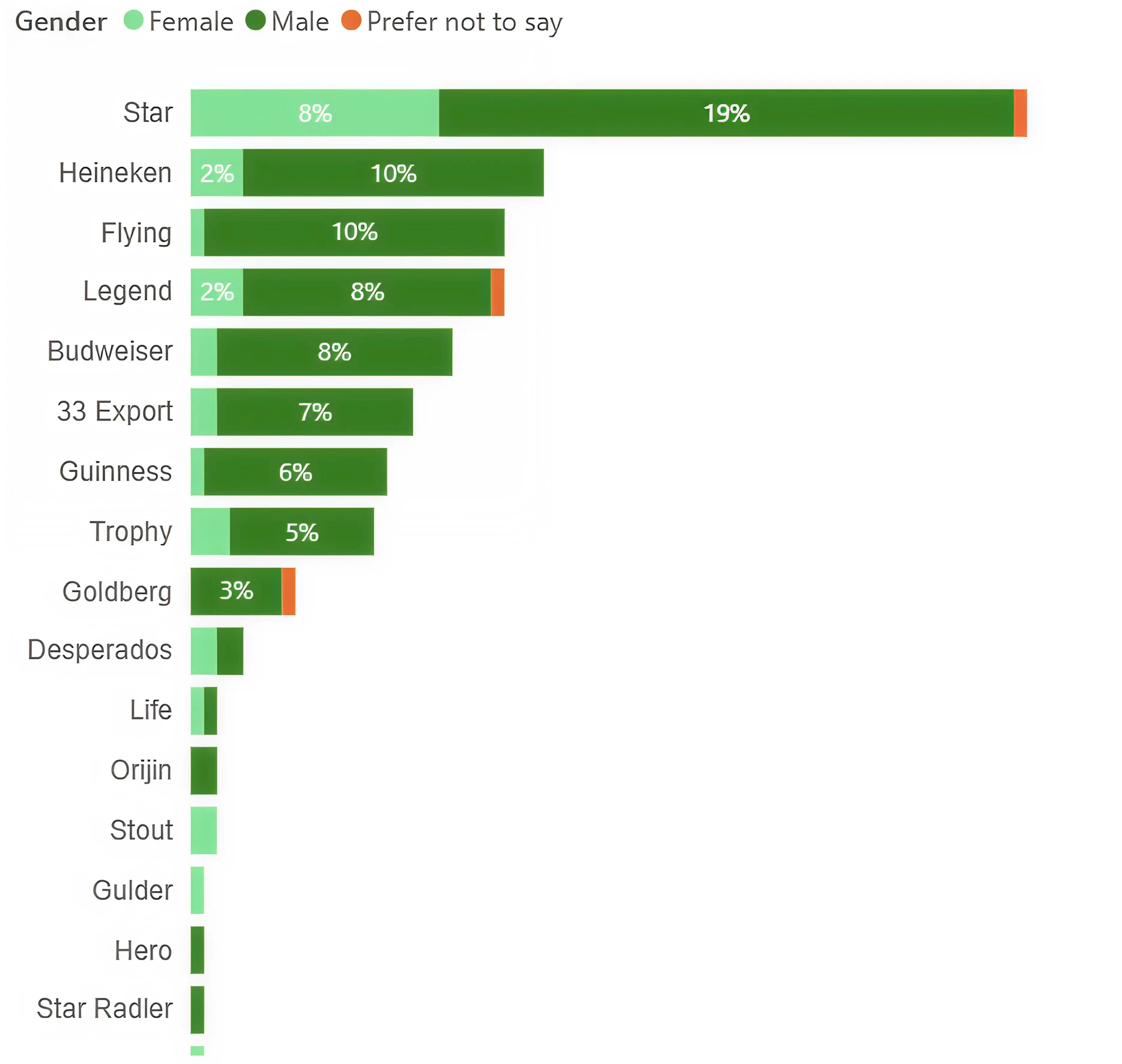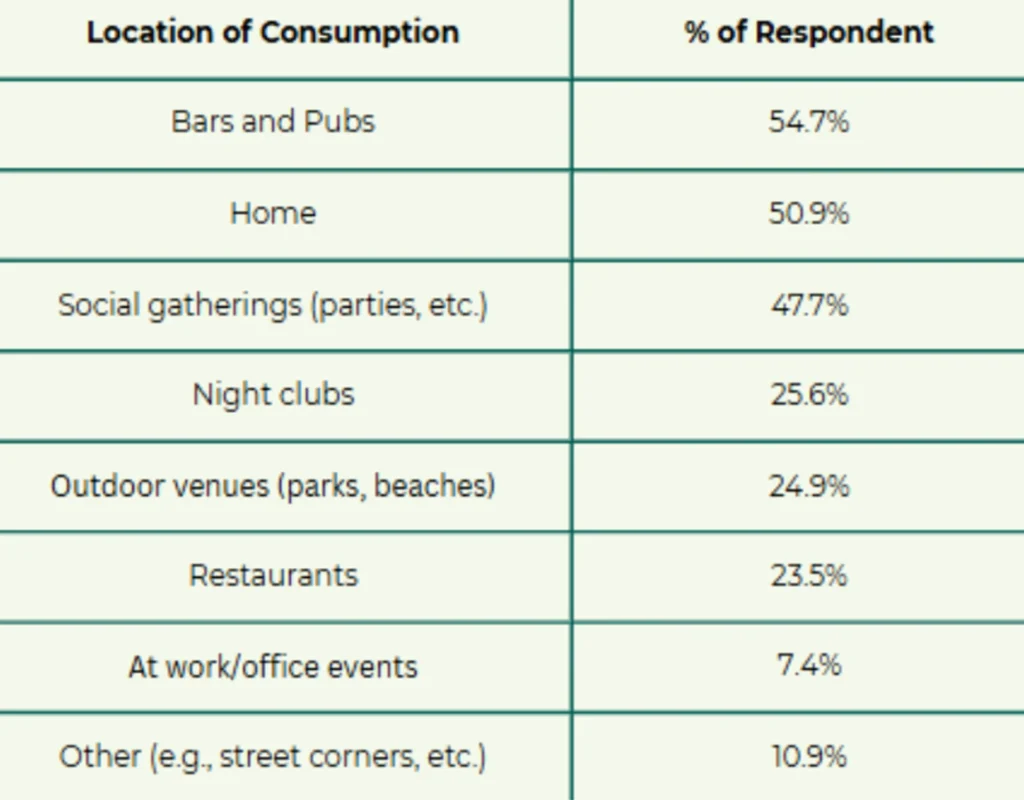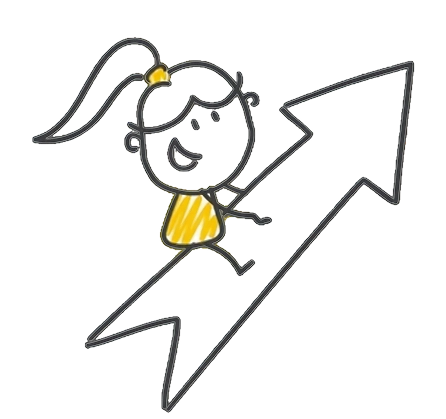
How is social media reshaping decisions?
What’s driving loyalty?


Bars and Pubs remains the primary location for beer consumption, highlighting the importance of community-level distribution and visibility in informal outlets.
However, home consumption represents a growing segment driven by factors such as cost, convenience, and privacy. This trend suggests a market opportunity for multi-pack offers, take-home bottle deals, and strategic retail partnerships.

Rise of Sachet Spirits
Sachet alcohol is growing. It’s affordable and everywhere — but risky. If beer doesn’t stay price-competitive, it could lose relevance in lower-income segments.
Female Inclusion
More urban women are drinking socially, but the branding hasn’t caught up. Light, flavored, and lifestyle-led beers could unlock new revenue.
